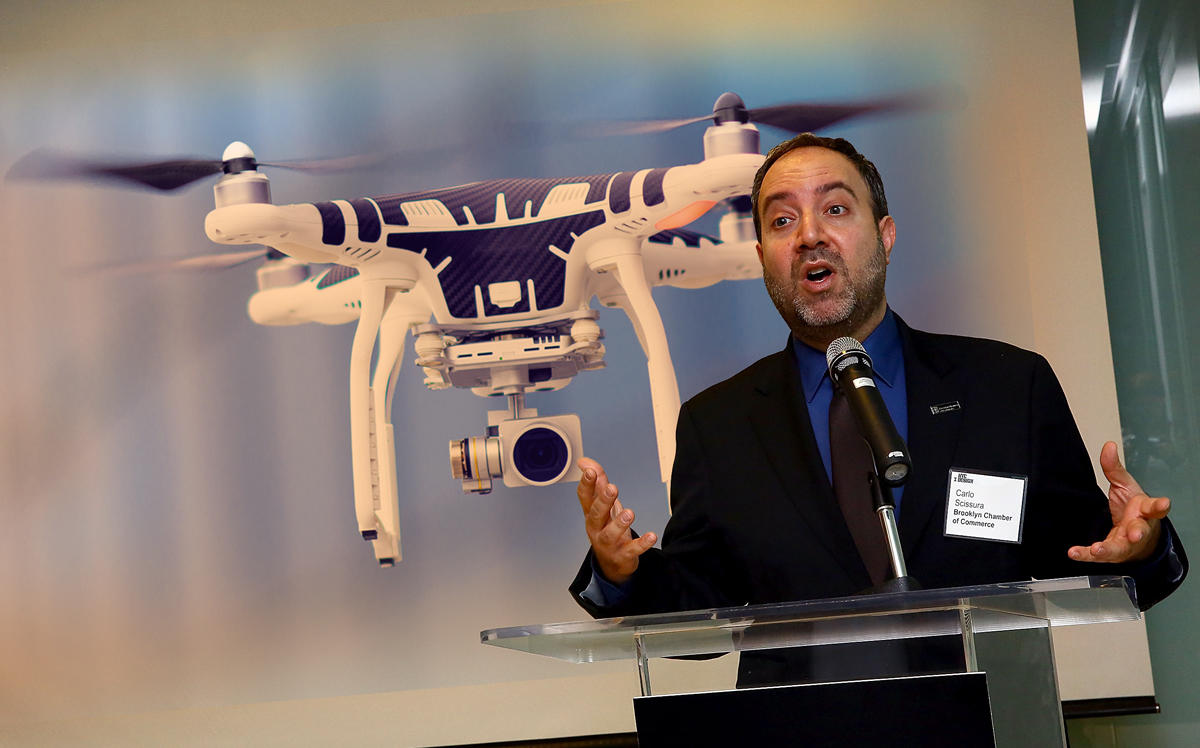Trending
Developers, construction industry lobby to legalize drones in NYC
Drones could help save hundreds of thousands of dollars in inspection costs

Did New York City ban drones in… 1948?
Yes, according to the current interpretation of a 71-year-old law that restricts the take off and landing of “aircraft” to Port Authority-designated locations, i.e. airports. As the commercial drone industry has taken flight in other U.S. cities in the wake of a 2016 rule change from the Federal Aviation Administration, real estate leaders say this rule is now holding NYC developers back.
“The laws on the books are not written for these new, disruptive technologies,” New York Building Congress president and CEO Carlo Scissura told the Wall Street Journal. “The cities that are doing this will always have a leg up on us.
The Building Congress is joining other industry groups — and of course, the drone industry — in an effort to lobby city officials to amend the law. Although legislation legalizing drones was introduced in City Council early last year, it has been stuck in committee since then.
One way supporters say drones could benefit the real estate industry is by greatly reducing the cost of inspections. New York building owners are required to conduct facade inspections every five years, which typically requires scaffolding over almost an entire building.
Drones with cameras could potentially save hundreds of thousands of dollars in costs, as well as months of time. Some engineers are sceptical, however, noting that visual inspection is often not sufficient to detect facade issues.
Scissura says he expects the NYPD to be among the biggest opponents of drone legalization. A department spokeswoman told the Journal that safety will have to be a priority, given the threat of terrorism and the city’s dense population. [WSJ] — Kevin Sun




